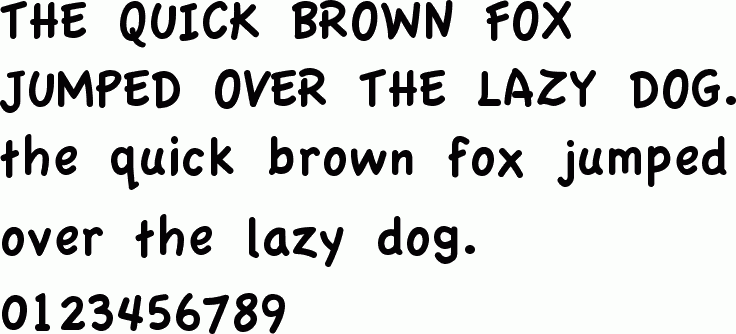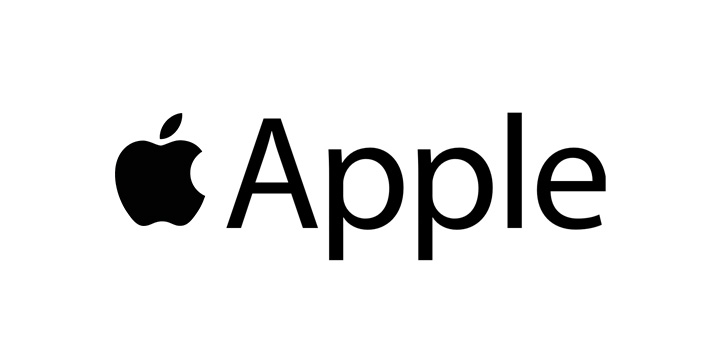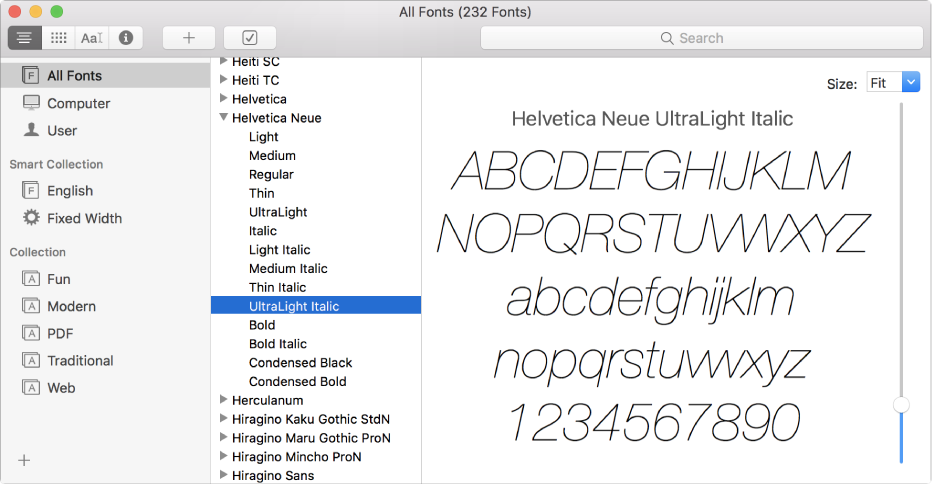
Best in class and an easy recommendation for me. Features are clearly labelled and intuitive, the detailed previews are both beautiful and functional. Makes other font management apps look dated and tired. Select a font that has been deactivated, then choose Edit > Activate (or Enable).

Select a font that hasn't been downloaded, then choose Edit > Download. macOS Monterey installs fonts in these folders on your Mac: The Library folder in your System folder: /System/Library/Fonts. In Font Book, any fonts that are deactivated or haven't been downloaded from Apple are dimmed. It’s actually made me a lot more experimental and diverse with my font choices.Typeface’s UI is clear, slick and easy on the eye. Download or activate fonts Open the Font Book app from your Applications folder. This means that you don’t end up with a menu full of activated fonts that you don’t need when you’re experimenting with a layout. Typeface makes this possible.Secondly, and this is big, is the ability to apply fonts without activating them, simply by drag and dropping the font into your layout. I store my fonts on a cloud folder so they’re all accessible from whichever computer I’m using. 1.1 Hand-drawn logo 1.2 Motter Tektura 1.3 Apple Garamond 1.4 Gill Sans 1.5 Myriad 1.6 San Francisco 2 System fonts.

Typeface doesn’t take your fonts and create its own database - it leaves your folders alone and just links to them. Apple have used three fonts on their website over the years: Lucida Grande, Myriad Set Pro, and San Francisco. Two aspects of Typeface that strongly appealed to me are its non-intrusive way of handling your fonts, meaning that you can organise and structure your fonts folder however you wish - I do mine by style and by client/project.

Best in class As part of my switch to M1, I decided to rethink my approach to font management.


 0 kommentar(er)
0 kommentar(er)
